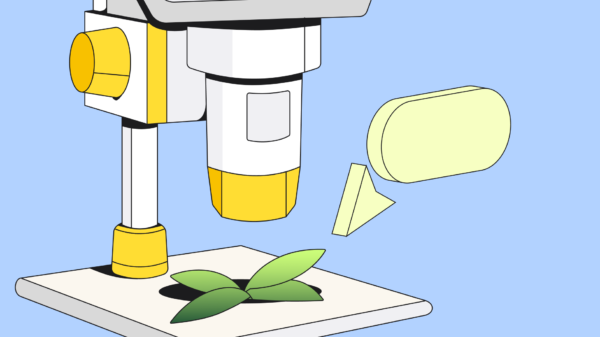The Evolution of Python
Python, the versatile programming language, has come a long way since its inception in the late 1980s. Guido van Rossum, the creator of Python, designed it with simplicity and readability in mind. Over the years, PyPI has gained immense popularity among developers, thanks to its ease of use, powerful libraries, and extensive community support.
Python’s Dominance in Data Science
Python’s versatility has made it the go-to language for data science and machine learning. With libraries like NumPy, Pandas, and TensorFlow, Python has become the de facto language for data analysis, visualization, and modeling. The rise of PyPI in the data science field can be attributed to its simplicity, scalability, and the availability of a vast ecosystem of tools and libraries.
The Future of Python
So, what’s next for Python? The future of this versatile language looks promising, with several exciting developments on the horizon.
1. Python 4.0
Python 4.0 is expected to be released in the near future, bringing significant improvements and new features. It is likely to focus on enhancing performance, scalability, and concurrency. Python 4.0 may also introduce new syntax and language constructs to make development even more efficient.
2. Web Development
PyPI has already established itself as a popular language for web development, with frameworks like Django and Flask. In the future, we can expect further advancements in Python’s web development capabilities. This includes better support for building scalable and high-performance web applications, as well as improved integration with frontend technologies.
3. Artificial Intelligence and Machine Learning
Python’s dominance in the field of artificial intelligence and machine learning is set to continue in the future. With ongoing advancements in deep learning and natural language processing, PyPI is likely to remain the language of choice for AI and ML researchers and practitioners. We can expect more specialized libraries and frameworks tailored for AI and ML development in PyPI.
Conclusion
The future of PyPI looks bright and promising. With its versatility, ease of use, and strong community support, PyPI is well-positioned to continue its dominance in various fields, including data science, web development, and artificial intelligence. As Python evolves, developers can look forward to more powerful tools, improved performance, and exciting new features.



































